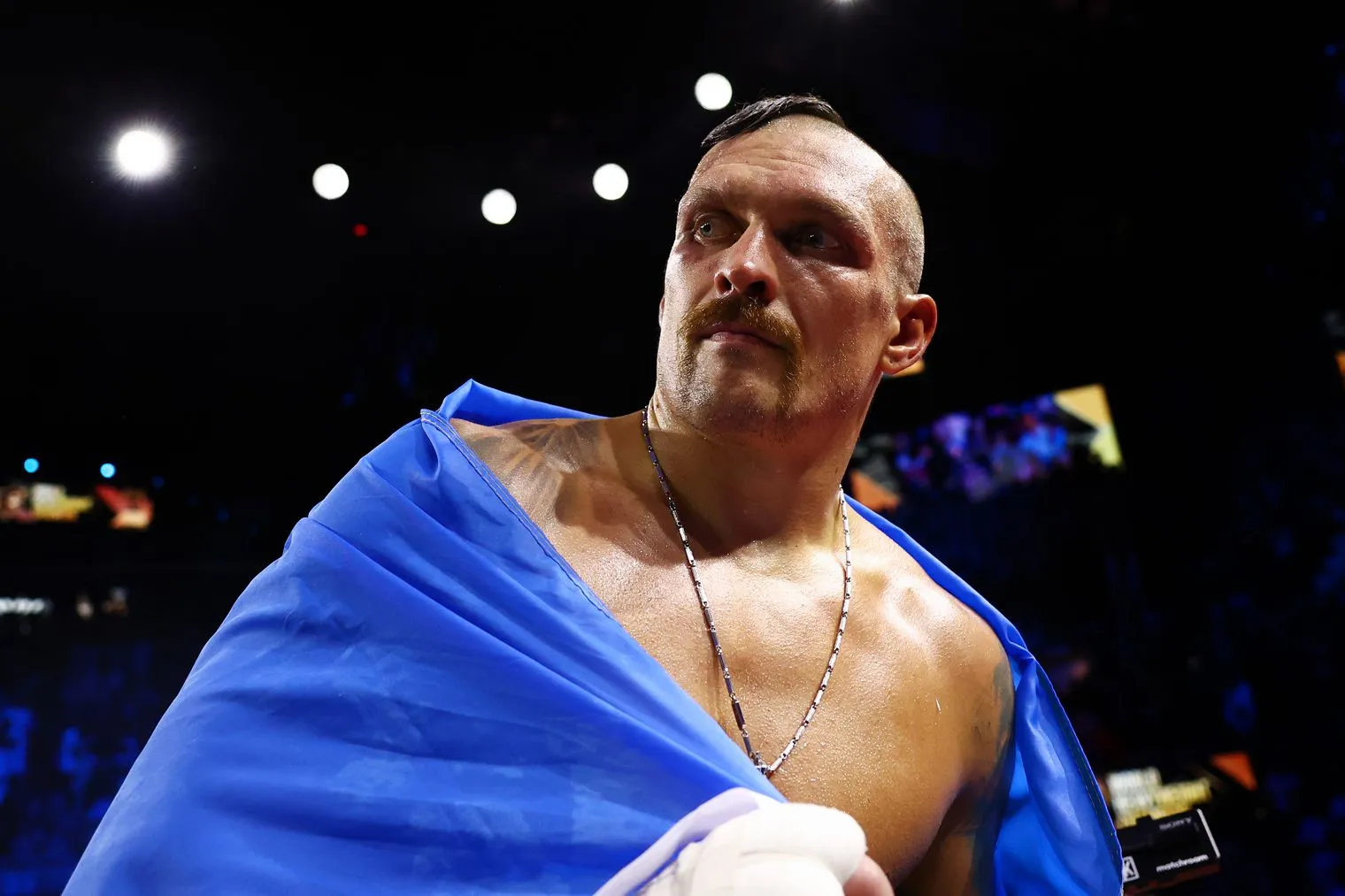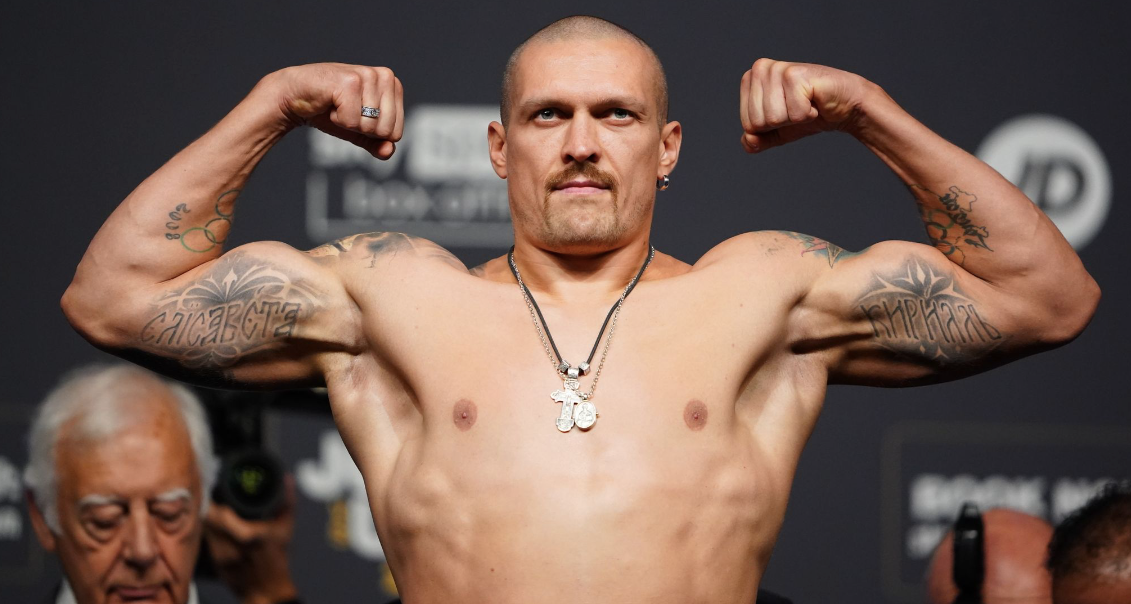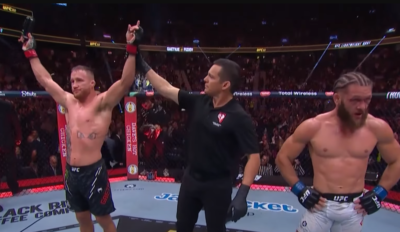
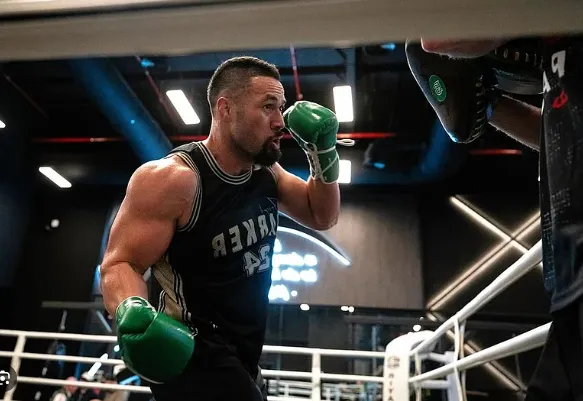
Joseph Parker’s grueling training journey: How does a champion maintain peak performance?
When you think of heavyweight boxing, you think of power, strategy, and heart. Few embody these qualities like Joseph Parker, the former WBO heavyweight champion from New Zealand. Known for his smooth footwork, explosive combinations, and iron will, Parker has remained a top contender in a sport where only the mentally and physically elite survive. But what’s the secret behind his consistent performance? How does Joseph Parker maintain peak physical and mental form in one of the most grueling sports in the world?
Behind every punch thrown in the ring lies months of intense preparation, discipline, and science-backed strategy. Let’s explore the training journey of Joseph Parker—how he prepares, recovers, and evolves to stay competitive against the toughest opponents on the planet.
Physical conditioning: Building a body for battle
Maintaining elite-level conditioning isn’t a seasonal job—it’s a year-round commitment. For Joseph Parker, every training camp begins with a thorough evaluation of his current condition. This includes body composition assessments, cardiovascular performance benchmarks, and agility tests. Once his team, which includes strength coaches, nutritionists, and boxing trainers, has a clear picture, a personalized program is built to suit each fight camp.

At the heart of Parker’s physical transformation lies his strength and conditioning regimen. He performs compound lifts such as squats, deadlifts, and power cleans to develop explosive power. These are paired with plyometric exercises, including medicine ball slams and box jumps, which mimic the quick, sudden bursts of energy needed in a 12-round fight.
To enhance his aerobic and anaerobic endurance, Parker includes brutal high-intensity interval training (HIIT). A typical week might feature hill sprints, swimming drills, and tire flipping circuits. These exercises are not only grueling—they are essential. Parker knows that if he’s not in peak condition, the later rounds in a fight could become a nightmare.
He also relies on long-distance runs in the early mornings, often clocking in 8–10 kilometers a session, to build base endurance and mental toughness. “It’s about pushing through when your body says stop,” Parker once said. “That’s how champions are made.”
Mental strength: Sharpening the mind for war
One of the most overlooked aspects of elite boxing is mental training. For Joseph Parker, physical strength is only half the battle. The other half lies in the mind—the ability to stay focused, maintain confidence, and adapt under pressure. To sharpen his psychological edge, Parker works closely with a sports psychologist.
Visualization exercises form a key part of his regimen. Before stepping into the ring, Parker spends time visualizing every scenario: knocking down his opponent, countering after being rocked, and remaining calm under fire. “If I’ve seen it in my mind a hundred times, I won’t be surprised when it happens in real life,” he explains.
Meditation and controlled breathing are also part of his toolkit. These practices help reduce stress and improve clarity during sparring and competition. “Breathing is everything in a fight,” Parker has said. “When you’re calm, you can see openings. When you panic, you lose them.”
Another powerful technique Parker uses is journaling. After every training session, he writes down what went well, what needs improvement, and how he felt mentally. This daily habit allows him to track patterns and build emotional resilience—a crucial advantage when things don’t go as planned.
The role of nutrition and recovery
A perfectly conditioned body and mind are useless without proper fuel and recovery. Joseph Parker’s nutrition plan is meticulously tailored for each phase of training. In the early stages, the focus is on trimming body fat and maximizing energy levels. Meals include lean proteins like chicken breast and fish, complex carbohydrates such as brown rice and sweet potatoes, and healthy fats from nuts and avocados.
As fight night approaches, Parker’s caloric intake is adjusted to match his output, ensuring he remains sharp without feeling depleted. Hydration is also key. Electrolyte-rich fluids are consumed throughout the day to replace minerals lost during intense sweat sessions.
Post-training recovery is a non-negotiable element in Parker’s routine. After sparring or strength work, he immediately consumes a protein shake with glutamine and BCAAs to jumpstart muscle repair. Cold immersion therapy is another favorite tool, where Parker plunges into ice baths to reduce inflammation and promote blood circulation.
Sleep is treated like a sacred ritual. Parker aims for at least eight hours per night and supplements with short naps during high-intensity phases of training. His recovery team monitors heart rate variability and resting heart rate to detect any early signs of overtraining.
This holistic approach to nutrition and recovery allows Parker to train harder and more frequently without burning out—a key ingredient in his sustained performance at the top of the heavyweight division.
Technical boxing skills: Constant evolution
While Parker’s physical gifts are undeniable, it’s his technical boxing development that has allowed him to stay relevant in a constantly evolving heavyweight landscape. Under the guidance of elite trainers like Andy Lee and previously Kevin Barry, Parker has honed his footwork, timing, and combination work.
One of the major transformations in Parker’s style over the years has been his ability to mix aggression with patience. Early in his career, Parker often relied on his hand speed and forward pressure. Today, he’s much more of a chess player—analyzing his opponent’s movements, creating angles, and throwing shots with strategic intent.
Training camps often include 10–12 rounds of sparring against diverse opponents. This includes tall, rangy boxers, pressure fighters, and slick movers to simulate different styles. Parker’s sparring partners are carefully selected to mimic the strengths of his upcoming opponents.
Pad work, shadowboxing, and heavy bag sessions are all tailored to each specific fight plan. If he’s fighting an opponent with a big right hand, his trainers drill defensive movements and counter hooks until they become second nature. This attention to detail keeps Parker’s reflexes sharp and his ring IQ ever-growing.
The impact of team chemistry
Behind every world-class athlete is a team that believes in the mission. For Parker, team chemistry is a vital part of maintaining motivation and focus. His longtime bond with strength coach John Parker (his brother), and newer relationships like that with coach Andy Lee, have created an environment of trust and accountability.
Each member of his camp knows their role. Nutritionists coordinate with strength trainers to ensure Parker has the right macros to fuel heavy lifting days. The physiotherapist works alongside the boxing coach to ensure injuries don’t derail the training cycle. This interconnected approach keeps everything running smoothly, especially during the grueling final weeks of camp.
More importantly, Parker is surrounded by people who prioritize his well-being. “They’re not just my team—they’re my family,” he has said. That emotional support becomes especially important in the high-pressure build-up to a fight.
Sparring and simulation: Preparing for the storm
Sparring is where the theory becomes reality. Parker’s sparring sessions are intense, high-level simulations that mimic real fight conditions. Trainers increase the intensity gradually as fight night approaches, with Parker often completing up to 100 rounds in a single camp.
Sparring isn’t about winning—it’s about refining strategy. If Parker’s facing a taller opponent, his coaches set the ring against lanky sparring partners to practice getting inside. If he’s going up against a southpaw, left-handed fighters are brought in to help him adjust angles and timing.
Headgear, body protection, and close monitoring from coaches ensure sparring remains productive rather than harmful. After each session, Parker and his trainers review video footage to assess what worked and what needs tweaking. These real-time adjustments build confidence and clarity.
Embracing setbacks and pushing forward
Even the best training camps don’t go perfectly. Injuries, poor sparring days, or simple fatigue are all part of the journey. What separates Parker is his ability to embrace setbacks and learn from them.
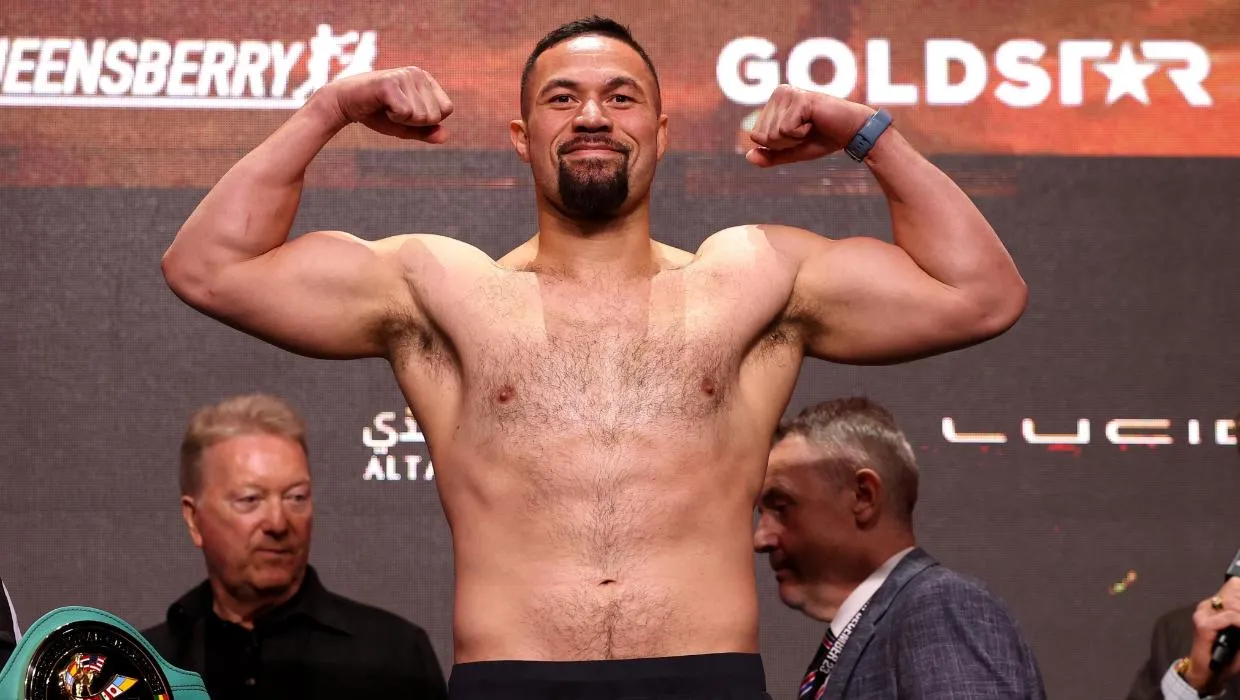
Instead of hiding weaknesses, his team works openly to fix them. “You can’t lie to yourself in this sport,” Parker once said. “If you have a flaw, the ring will find it.”
He’s also open about his challenges with motivation in the early stages of some camps. But having clear goals—like fighting for another world title or making his family proud—helps Parker stay locked in. That honesty with himself and his team has kept his career on a steady trajectory, even when others have faltered.
Conclusion: The champion’s formula
Joseph Parker’s training journey is a blueprint for sustained excellence in the world of heavyweight boxing. From the physical conditioning that pushes his limits, to the mental discipline that sharpens his edge, to the technical evolution that keeps him competitive—every element is meticulously crafted.
His ability to integrate recovery, nutrition, sparring, and strategy into a cohesive training system has allowed him to maintain peak performance over a decade-long career. And while the world sees the fight on Saturday night, the real victory happens in the unseen hours—on icy morning runs, inside sweat-filled gyms, and in quiet moments of self-reflection.
As Parker continues his journey toward championship contention, one thing remains certain: the grueling process behind the scenes is what makes him a true warrior inside the ring.








